Capturing Extraordinary Moments: The Art of Conceptual Self-Portrait Photography
Beena Deming
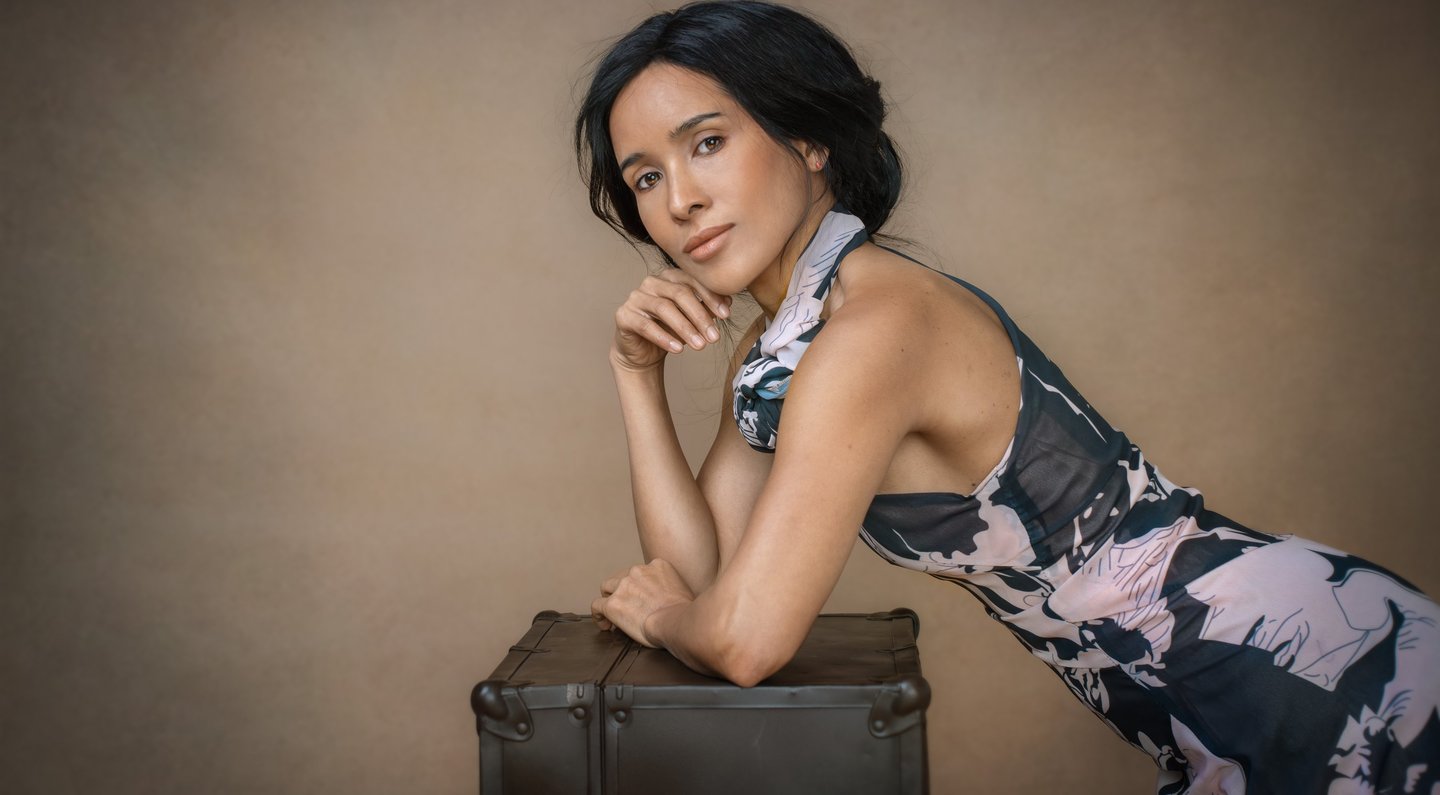

Self-portrait photography is an art form that allows individuals to express their creativity, personality, and emotions through the lens of a camera. As a photographer, I have always been drawn to the concept of self-portraits, as they provide a unique opportunity to explore different aspects of one's identity and create captivating images.
One particular genre of self-portrait photography that I find myself frequently drawn to is conceptual self-portraits. This style of photography goes beyond simply capturing a likeness; it aims to tell a story, evoke emotions, and transport viewers into a world of imagination and creativity.
The Power of Lighting
One of the key elements in creating extraordinary self-portraits is the use of unique lighting arrangements. Lighting can dramatically alter the mood and atmosphere of an image, allowing the photographer to convey a specific message or emotion. By experimenting with different lighting techniques, such as dramatic shadows, soft diffused light, or bold colored gels, I am able to create a visual narrative that is both intriguing and visually striking.
For example, by using harsh lighting and deep shadows, I can create a sense of mystery and intrigue, while soft, diffused light can evoke a feeling of serenity and tranquility. The use of colored gels can add a touch of drama or whimsy to an image, transforming a simple self-portrait into a work of art.
Props: The Key to Storytelling
In conceptual self-portraiture, props play a crucial role in conveying a narrative and adding depth to an image. Whether it's a simple object or an elaborate set design, props can help create a visual story and provide context to the viewer.
When choosing props for my self-portraits, I often look for items that have symbolic meaning or represent a particular theme or concept. For instance, a vintage typewriter can symbolize creativity and the written word, while a mask can represent hidden emotions or a desire to conceal one's true self.
By carefully selecting and arranging props, I can create a visual language that speaks to the viewer and invites them to interpret the image in their own unique way. Props can add layers of meaning and complexity to a self-portrait, making it more than just a simple photograph.
The Art of Editing
After capturing the initial self-portrait, the editing process is where the magic truly happens. Editing allows me to enhance the mood, colors, and overall aesthetic of the image, bringing my vision to life.
Moody editing techniques, such as desaturating colors, adding grain, or adjusting the contrast, can create a sense of drama and evoke specific emotions. By carefully manipulating the tones and textures of the image, I can enhance the storytelling aspect of the self-portrait and create a visually captivating final result.
Furthermore, editing also gives me the opportunity to experiment with different styles and effects, such as double exposures or surreal composites. These techniques allow me to push the boundaries of reality and create images that are dreamlike and ethereal.
Offering Extraordinary Experiences
As a photographer, my goal is to provide my clients with photos that are not only unique but extraordinary. Conceptual self-portrait photography allows me to offer a personalized and immersive experience, where clients can become the protagonist of their own story.
By collaborating with clients and understanding their vision, I can create self-portraits that reflect their personality, passions, and aspirations. Whether it's a whimsical fairytale-inspired shoot or a moody and introspective portrait, I strive to capture the essence of each individual and create images that are truly one-of-a-kind.
Through the use of lighting, props, and editing techniques, I am able to transform a simple self-portrait into a work of art that tells a story and evokes emotions. Each self-portrait becomes a visual representation of the individual's inner world, allowing them to express themselves in a way that is both empowering and cathartic.
Conclusion
Conceptual self-portrait photography is a captivating art form that allows individuals to explore their creativity, express their emotions, and tell their own unique stories. By experimenting with lighting, props, and editing techniques, photographers can create extraordinary images that go beyond the ordinary, providing clients with a truly immersive and personalized experience.
Whether it's capturing a moment of vulnerability, celebrating inner strength, or simply showcasing the beauty of self-expression, conceptual self-portraits have the power to inspire, provoke thought, and leave a lasting impression on both the photographer and the viewer.


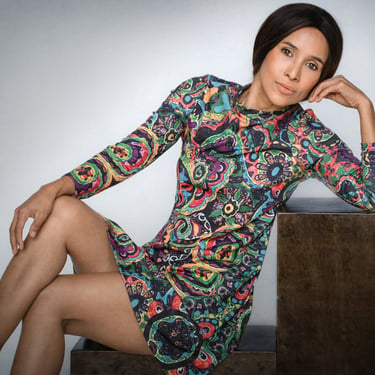
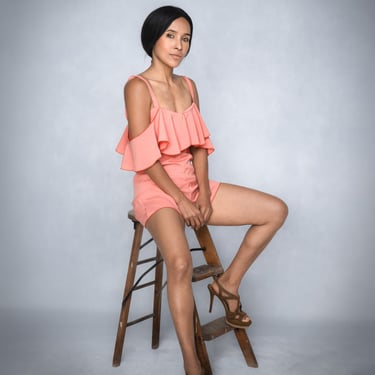
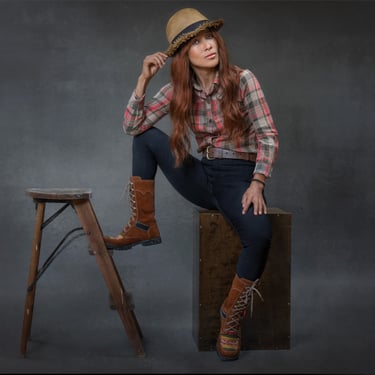
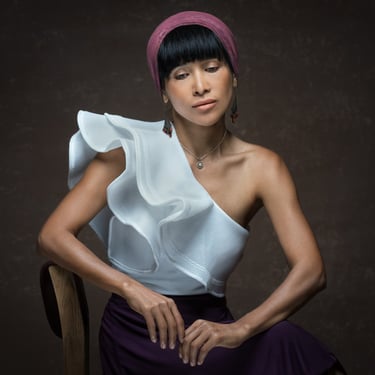
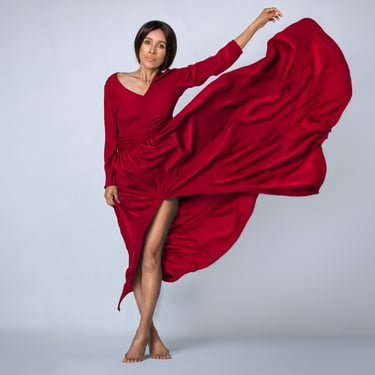
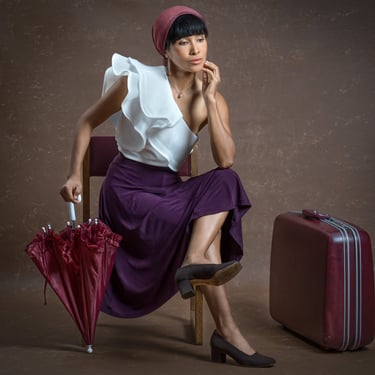
Designed by Beena Deming © Using Hostinger
